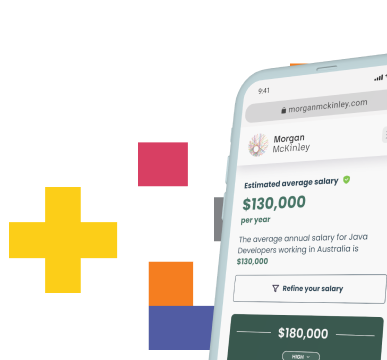Employee Wellbeing Myths Busted: A Reality Check for Employers

Are you the kind of employer who’s scrambling for ideas for employee wellness, Googling, asking ChatGPT, or copying a “Top 10 Wellness Ideas” list just to tick a box and move on?
Or are you genuinely invested in building a workplace where wellbeing is more than a headline in the monthly newsletter?
If you’re in the second camp (or you’d like to be), you might want to pause before rolling out the usual quick fixes. There are a lot of myths floating around about what “good” workplace wellbeing looks like. The problem? Many sound great, but don’t shift the dial for your people.
With this article, we bust a few of the most common myths and focus on the actions that can genuinely make a difference.

Myth 1: Free fruit equals a healthy workplace.
Reality: A fruit bowl in the kitchen is nice, but it won’t undo the stress of unrealistic deadlines or poor work-life balance.
Better for employers: Keep the small perks but back them up with real support flexible break times, realistic workloads, and proper ergonomic setups.
Myth 2: Everyone needs the same wellbeing programme.
Reality: Wellbeing isn’t one-size-fits-all. Rolling out the same initiative for everyone means some will benefit, but others will be left out.
Better for employers: Offer flexibility and choice, from wellbeing allowances to a menu of benefits people can tailor to their own needs.
Case in Point
Manchester-based DigitalPulse replaced a single wellness subscription with a personal wellbeing budget for every employee. Uptake soared because staff could choose what truly worked for them, from therapy sessions to cycling gear, and burnout rates dropped.
Myth 3: Multitasking boosts productivity.
Reality: The research is clear that task-switching slows people down, increases mistakes, and spikes stress levels.
Better for employers: Cut down on meeting overload, set realistic deadlines, and protect “focus time” in calendars.
Myth 4: Fitness challenges are enough.
Reality: Not everyone wants to compete on step counts or push-ups, and these challenges can exclude those with health conditions or different priorities.
Better for employers: Provide mental health with equal attention, including counselling, mindfulness, and resilience training, alongside physical activities.
Case in Point
SAP treats wellbeing as a core business strategy. Alongside physical health initiatives, they offer on-site counselling, mindfulness training, and a network of global health ambassadors embedding wellbeing into daily work life, not just special events.
Myth 5: If people don’t speak up, they’re fine.
Reality: Many employees stay quiet until they’re on the brink of burnout.
Better for employers: Train managers to recognise early warning signs, run anonymous wellbeing surveys, and normalise honest conversations about workload and stress.
Myth 6: Working through lunch shows dedication.
Reality: Skipping breaks drains energy, kills focus, and can increase health risks over time.
Better for employers: Encourage and model proper lunch breaks. Leadership behaviour sets the tone for the rest of the team.
Case in Point
During the pandemic, Tata Consultancy Services (TCS) personally called all 450,000 of their employees to check on their wellbeing and access to essentials. It wasn’t a survey or a memo; it was a human conversation that built trust and connection.
Final Reality Check
This Employee Wellness Month, be honest about your approach. Are your initiatives there to look good in a report, or to make a real difference to your people?
The companies that go beyond token gestures, who listen, adapt, and act on what employees truly need, don’t just improve wellbeing. They create loyal teams, stronger engagement, and workplaces people actually want to be part of.
Because in the end, it’s never about the fruit bowl. It’s about proving you’ve got your people’s backs.














